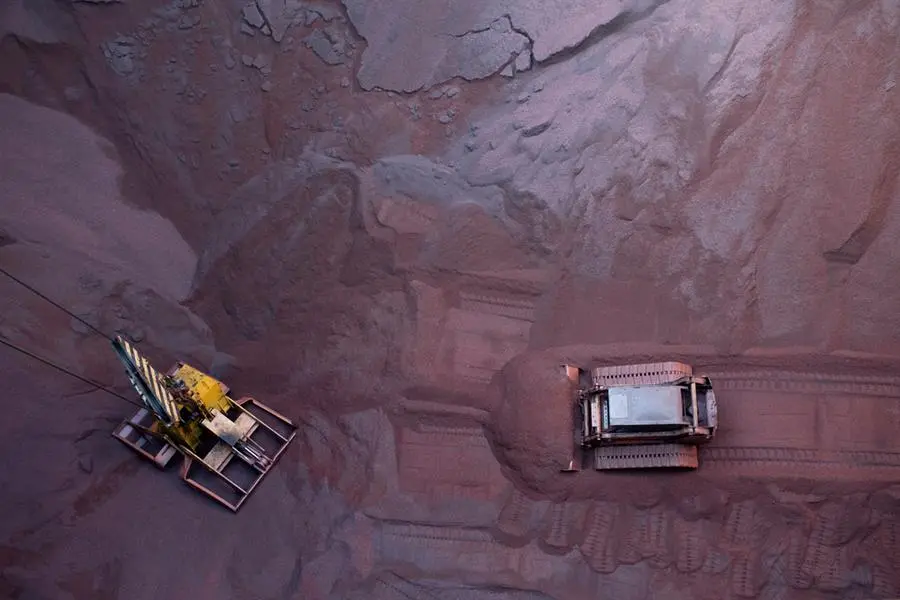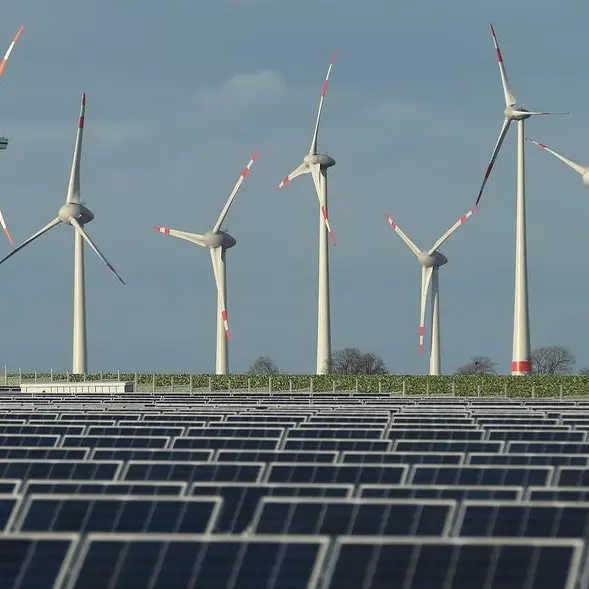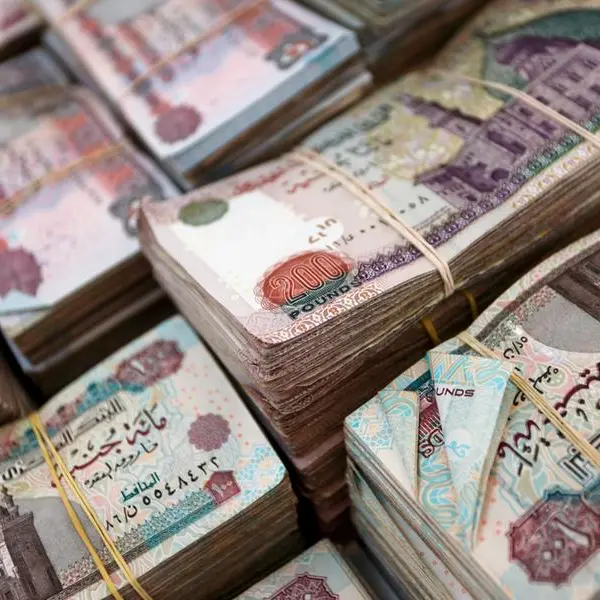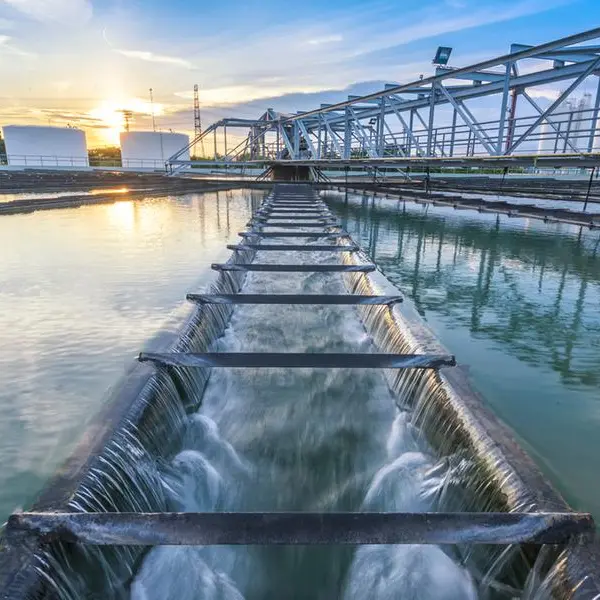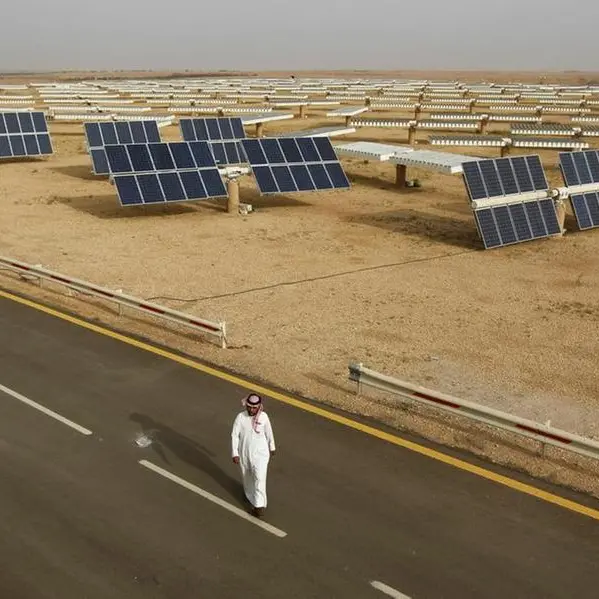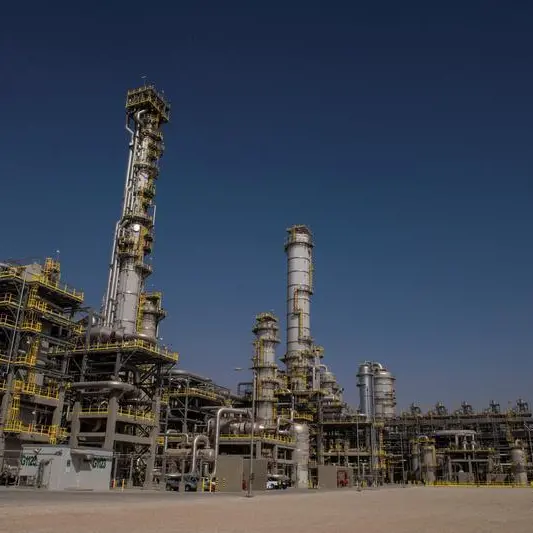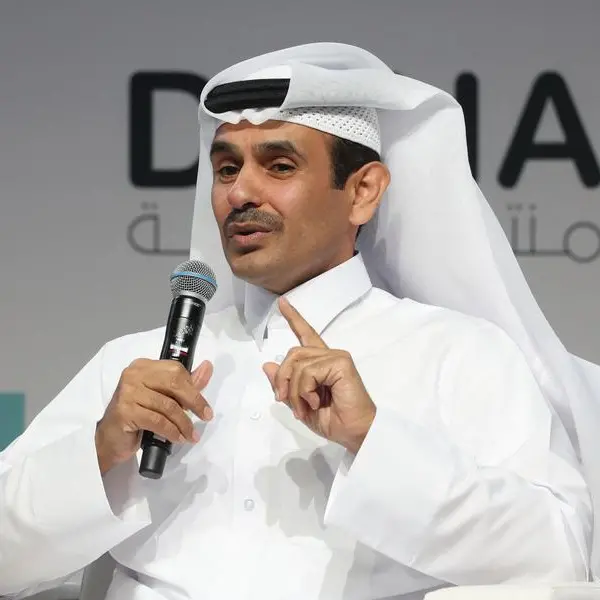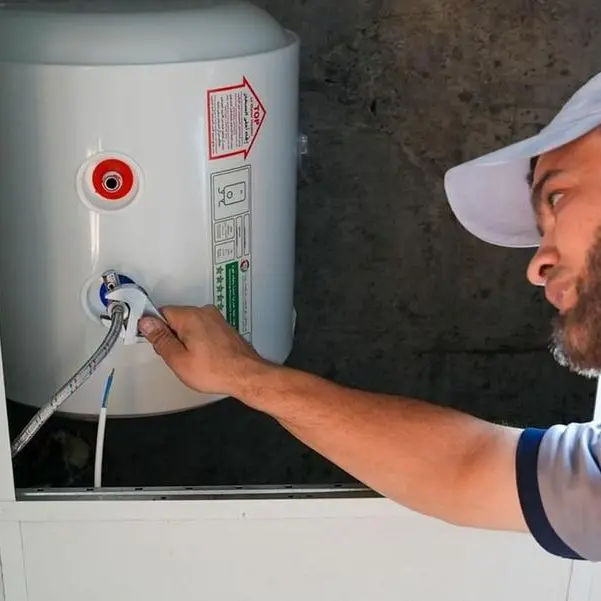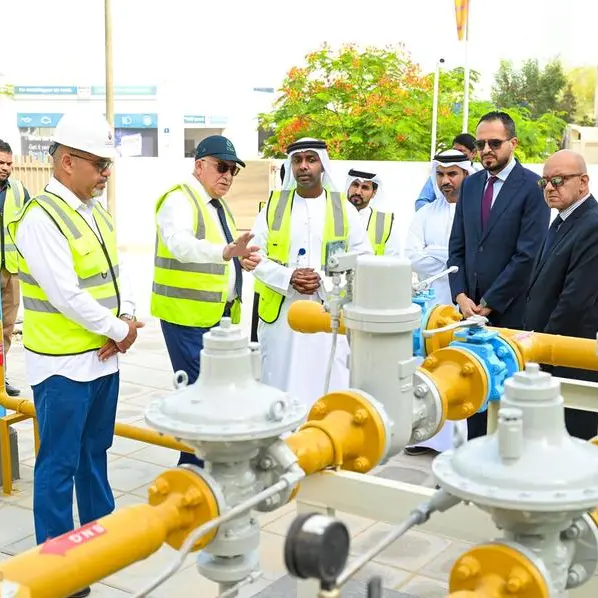PHOTO
RIYADH — Saudi Arabia's Ministry of Industry and Mineral Resources has unveiled its largest mineralized belts to date, spanning 4,788 square kilometers and including five new exploration licenses.
The Ministry is inviting major mining and exploration companies to participate in the current Exploration Licensing Rounds, aiming to unlock the extensive mineral wealth of these belts.
Spokesperson Jarrah Al-Jarrah emphasized that this initiative underscores Saudi Arabia’s commitment to strengthening its mining and minerals sector and creating investment opportunities.
The five available exploration licenses are part of the Ministry’s strategy to boost exploration investment and support Vision 2030 objectives, which aim to position mining as a key industry in the Kingdom.
These licenses cover significantly larger areas than previous rounds and are targeted at high-net-worth companies with developed base and precious metal mines. Saudi Arabia is seeking investors capable of exploring and discovering large, tier-1 deposits within approximately 1,000 square kilometers of exploration licenses. The Kingdom’s infrastructure and competitive financing options make it well-positioned to develop new tier-1 sites.
The Ministry is inviting local and international companies to participate in the Exploration Licensing for the following mineralized belts:
- Jabal Sayad: Three exploration licenses covering 2,892 square kilometers. The belt contains copper, zinc, lead, gold, and silver.
- Al-Hajjar: Two exploration licenses at the Wadi Shwas VMS Belt, covering 1,896 square kilometers. This site holds deposits of gold, silver, copper, and zinc.
Al-Jarrah highlighted that Jabal Sayad and Al-Hajjar are the largest mineralized belt sites ever launched by the Kingdom. The Jabal Sayad belt, northeast of Jeddah and east of Madinah, includes prominent VMS deposits like Jabal Sayid and Mahd Al-Thahab Mines. The Umm ad Damar deposit remains untapped, offering significant potential for exploration.
The Al-Hajjar site, within the Wadi Shwas VMS Belt in Asir Terrane, previously housed the Al-Hajjar mine, which produced around 40,000 ounces of gold annually before it became inactive. This region is known for its rich gold, copper, and zinc deposits.
The bidding process for the exploration licenses will be transparent and conducted in stages, beginning with pre-qualification from July to October 2024. Qualified bidders will then submit technical proposals and social and environmental impact management plans by December 2024, with the winners announced and licenses granted in January 2025.
Al-Jarrah reaffirmed the Ministry’s commitment to supporting bidders through the Exploration Enablement Program (EEP), which covers up to 25% of drilling, testing, and geoscientific study expenses. The EEP also provides up to 15% coverage for salaries of employees residing in the Kingdom and 70% for local salary costs during the first two years, with full coverage thereafter.
The Ministry will make all geological data related to the belts available on the electronic 'Ta’adeen' platform, ensuring equal opportunities for all bidders and boosting exploration spending in the Kingdom. This initiative will enhance the national geological database, create job opportunities, and support sustainable economic growth.
Saudi Arabia's Arabian Shield, with its estimated mineral resources valued at SR9.5 trillion, highlights the Kingdom’s potential for significant economic contributions. The Kingdom has earned recognition as a premier mining jurisdiction, praised for its efficient licensing process and attractive regulatory framework in the Mining Journal World Risk Report.
© Copyright 2022 The Saudi Gazette. All Rights Reserved. Provided by SyndiGate Media Inc. (Syndigate.info).
